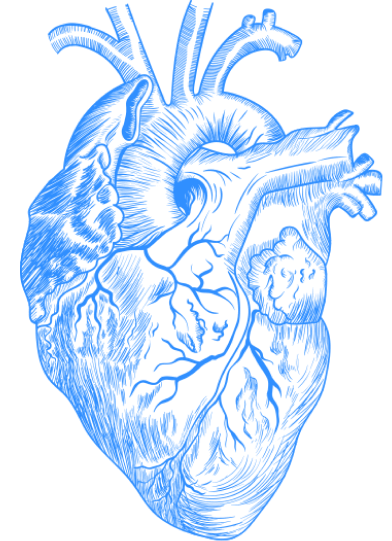
In Robert Louis Stevenson’s The Strange Case of Dr. Jekyll and Mr. Hyde, Dr. Jekyll says, “when I reached years of reflection, and began to look round me, and take stock of my progress and position in the world, I stood already committed to a profound duplicity of life.”
It is appropriate that Stevenson chose a physician as his protagonist who is tortured by that duplicity, because doctors regularly experience the opposition between their own training, which uses reason to make logical sense of intricate systems, and the apparently disorganized nature of malfunction, dysfunction, and illness. This opposition comes to the fore when we as patients must reveal to our doctors the private history of our families, our surgeries, our secret habits, our likes, our dislikes, our tenebrous deeds — all for the purpose of helping our doctors make ordered sense of our often disordered selves.
One of the very first lessons a medical student learns is that of eliciting a thorough history from a patient, a history that can clue the physician in to what might be going on. The aphorism “Listen to your patient, he is telling you the diagnosis,” or some version of it, is commonly attributed to Dr. William Osler, one of the great physicians of the late 1800s and a grandfather of modern medicine. How can a physician diagnose a patient with a sexually transmitted disease without knowing about a patient’s sexual history? A patient reveals secrets to a physician in the hope that this might help the physician in his diagnosis and treatment.
While we learn this fact during the first two years of medical school, the actual work of those two years is to cultivate a rational detachment from medical practice. The major task is to memorize as much information as possible about physiology, pharmacology, biochemistry, pathology, and anatomy — to immerse oneself so thoroughly in this new and strange language that it becomes second nature. The first big standardized exam, called STEP 1, covers these basic sciences and must be passed by every aspiring physician in the country. It is the gateway between a life based on books and pure mental work and the practical work of the third year, where I am now. During this third year, medical students spend about a month or more in each general specialty area: surgery, pediatrics, psychiatry, neurology, internal medicine, emergency medicine, obstetrics and gynecology, and family medicine.
During each month, we are considered a part of a medical team on that “service.” We interview, assess and help treat patients; we sit in on conferences, draw blood, and start intravenous lines to deliver drugs into the body. We begin to speak the language of medicine. We see what doctors see but we see it for the very first time. Like a child discovering the ability to walk and speak, a third-year medical student discovers how to live and breathe the complexities and uncertainties of a life in medicine.
This privilege elicits all kinds of reactions as death and life, sickness and health, are laid bare before us. We straddle the line between the physician and the patient, between the rationalist and the sufferer. The only side we have known until this point is the latter, but we are quickly initiated into the former. We stand committed to the profound duplicity of life. This singular position, which we don’t occupy for too long, as the novelty begins to fade, provides an opportunity to see with eyes still fresh a world that for many outsiders is shrouded and hopelessly complex, with a confusing array of specialties and subspecialties accessible only by the expert. Inevitably, in one way or another, all of us participate in this drama, whose plot centers on the relationship between physician and patient. In this blog, I hope to shed some light on my introduction to the inner workings of the medical field — and in doing so to illuminate some of its theoretical, practical, and ethical complexities.
